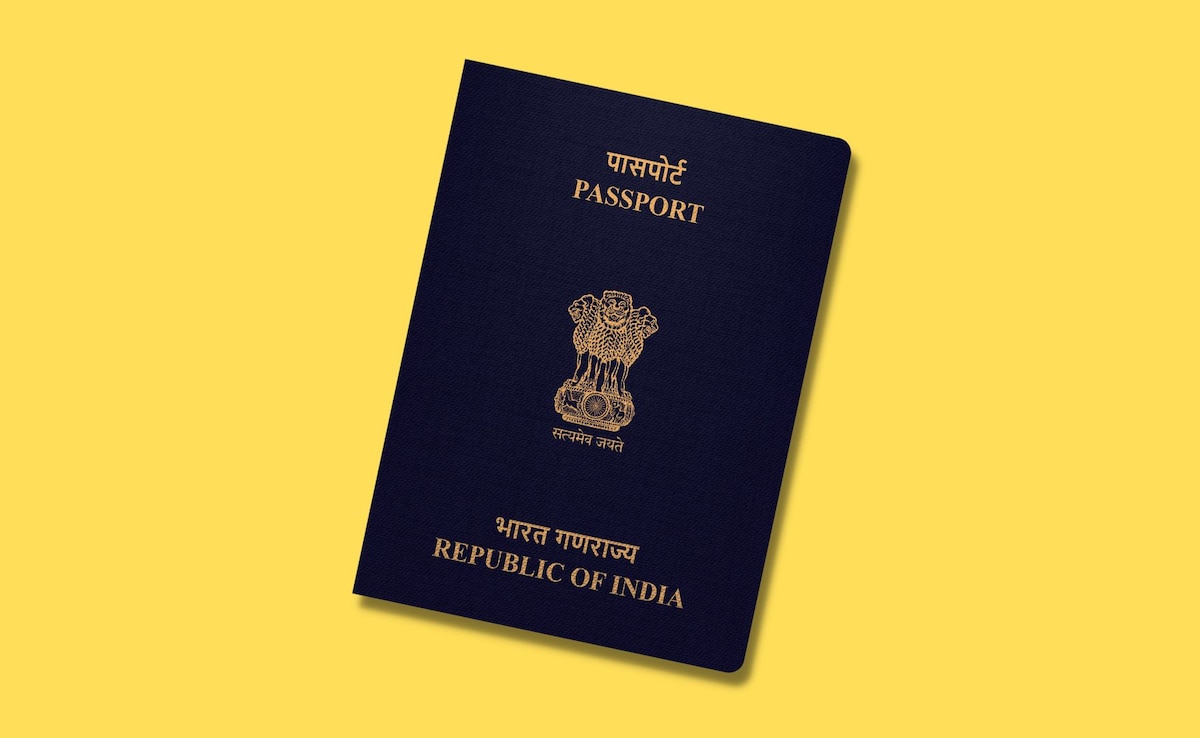
Schengen Visa for Indians: If you are planning a trip to Europe on an Indian passport, you will most likely need a Schengen visa. While the process might seem overwhelming at first, it is manageable. With proper preparation and updated information, getting a Schengen visa can be straightforward. Countries such as Germany, Switzerland, and Italy currently have strong approval rates for Indian travellers. However, timing, paperwork, and small details play a significant role. This guide outlines the steps you need to follow - from choosing the right embassy, preparing your documents, booking your appointment, to what to expect next.
What Is A Schengen Visa? Types Of Schengen Visa For Indians
A Schengen visa is a short-stay visa that allows travel across most European countries with a single visa. It permits visits to up to 29 countries without the need for separate visas. Valid for a maximum of 90 days within a 180-day period, it allows you to stay for up to three months at a time, but not more than that within six months. The visa is issued by the country you are entering first or where you will be spending the most time. Once inside the Schengen Zone, you can move freely between member countries.
Also Read: How To Apply For Passport In India: Steps, Documents And Everything Else To Know
Common Schengen Visa Types For Indian Passport Holders

Indian passport holders are eligible to apply for different Schengen visa types depending on the purpose and duration of their travel, and sometimes, their travel history.
1. Type C - Short-Stay Visa (most common)
- Used for tourism, business, attending events, or visiting family.
- Valid for up to 90 days in a 180-day period.
- You may request single-entry, double-entry, or multiple-entry if you have had previous Schengen visas.
2. Type A - Airport Transit Visa
- Required if you are transiting through a Schengen country en route to a non-Schengen country.
- You will not be allowed to exit the airport.
3. Multiple-Entry Schengen Visa (MEV)
Available to Indian travellers who:
- Have used at least one or two previous Schengen visas.
- Have a strong travel history, sound financials, and ties to India.
- Meet the eligibility under the new cascade visa regime, introduced by the EU for easier access to longer-validity visas.
4. Type D - National Visa (Long-Stay)
- Not relevant for leisure travellers.
- Handled directly by the embassy for purposes such as education (e.g. a Master's in Germany), employment, or family reunification.
Also Read: Indian Passport Ranking Improves In 2025, 59 Countries Now Visa-Free For Indians
How To Apply For A Schengen Visa In India
Step 1: Choose The Right Country To Apply Through
You cannot apply through any random European embassy. Use these rules:
- If visiting one country, apply through that country's embassy.
- If visiting multiple countries, apply to the one where you will spend the most time.
- If time is equal in all, apply to the country of first entry.
Italy, Switzerland, Germany, and Belgium have had high approval rates for Indian travellers recently. While this does not guarantee approval, it is useful context.
Step 2: Apply At The Right Time
You may apply for a Schengen visa up to six months before your travel date. Ideally, apply 30 to 60 days in advance. Avoid applying too late, as appointment slots fill up quickly.
Step 3: Prepare Your Documents
Here is a basic checklist of the documents required:
- Passport (valid for at least three months after return, with two blank pages)
- Schengen visa application form (filled and signed)
- Two passport-size photos (35x45 mm, light background, colour)
- Flight bookings (round-trip, not necessarily paid)
- Hotel bookings for your entire stay
- Travel insurance with minimum €30,000 coverage
- Proof of financial means: recent 3-6 months' bank statements, salary slips, ITRs, or investments
- Employment proof: NOC from employer or business registration if self-employed
- Cover letter explaining your travel plans and intention to return to India
- Previous visas (especially Schengen ones)
Consulates may request additional documents.
Step 4: Show You Can Afford The Trip
While there is no official number, embassies generally expect:
- Roughly €60 per day per person (varies by destination country)
- Savings of Rs 1.5-2 lakh or more, showing stable account balance
- Consistent income reflected in your financial documents
Each Schengen country has slightly different benchmarks.
Step 5: Book Your Visa Appointment
Most Schengen embassies work through third-party agencies like VFS Global or BLS International. To book:
- Visit the agency's official website and create a profile.
- Select your preferred appointment slot.
- Pay the service fee (typically Rs 1,800 to Rs 2,200).
- Attend your appointment with all necessary documents, and provide biometric data (fingerprints and photo).
Step 6: Prepare For The Visa Interview (If Called)
Not all applicants are called for an interview. However, if you are a first-time applicant or have an unclear travel history, the embassy might ask to meet you. Common interview questions include:
- What is the purpose of your visit and what does your itinerary look like?
- How are you funding the trip?
- Are you planning to return to India?
Answer clearly and confidently. Carry printed copies of all your documents.
Step 7: Understand The Fees And Processing Time
- Visa fee: €90 (approx. Rs 8,000) for adults
- Children aged 6-12: €45
- Children under 6: No visa fee
- Service fee: Rs 1,800 - Rs 2,200, depending on the agency
Processing time: 15 calendar days is standard, but allow up to 30 days in peak seasons.
Track Latest News Live on NDTV.com and get news updates from India and around the world

